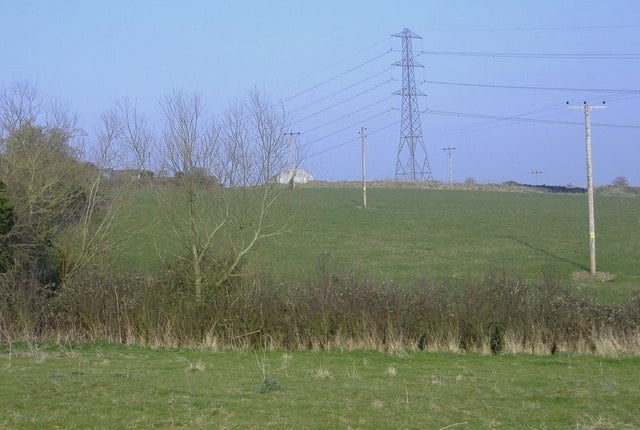Global grid infrastructure and energy storage must be ramped up to avoid delaying 2030 targets, according to a report from the International Renewable Energy Agency (IRENA).
The way the world wants it tripled installed renewable energy capacity – to reach 11 TW by 2030 – this makes investment and planning in the development of the electricity grid “even more urgent”, according to IRENA.
“Urgent action is needed to prevent lagging network infrastructures, which would slow down the energy transition,” wrote Adrian Gonzelez, program officer for innovation and end-use sectors at IRENA.
A recent report from IRENA, which assessed the 2024 renewable energy outlook, found that despite the continued growth of renewable energy, its pace has slowed and the world is currently off track to meet its 2030 climate targets.
Because solar PV and wind capacity are distributed over large areas and multiple locations, expanding the electrical grid would allow renewable energy projects to connect and provide power in the quantities needed.
Furthermore, falling prices of solar PV panels and batteries would enable an increase in the co-location of solar PV with battery energy storage systems (BESS). IRENA emphasizes the importance of policies with the need for governments to implement energy strategies that promote solar energy and the integration of energy storage.
Energy storage targets must be supported by long-term incentives and robust regulatory frameworks. Some regulatory reforms would be needed to ensure energy storage capacity, such as balancing grid variability, enabling peak shifting and increasing system resilience.
“The path to tripling renewable energy capacity by 2030 and beyond requires expanding and modernizing electricity grids and scaling up storage capacity,” Gonzelez said.
As Gonzelez mentioned above, modernization of the grid infrastructure would be necessary to efficiently integrate renewable energy sources.
The full story about IRENA’s report is available on our sister sitePV technology.
The UK’s electricity grid needs to be upgraded quickly
The government’s Clean Power 2030 (CP30) plan, drawn up in recent months, includes three key elements: cleaning up the dysfunctional electricity grid, prioritizing 2030 projects in the planning system, and reforms to boost homegrown clean energy speed up.
As recognized in CP30, the queue for grid connection has grown tenfold in the last five years and contains the equivalent of 739 GW of capacity – many of the projects in the queue are speculative or do not have the financing or planning permission to progress.
Trade association Solar Energy UK (SEUK) said it expects solar power generation to “significantly exceed” the CP30 target (achieving a solar generation capacity of 45GW-47GW by 2030).
CP30 does state that there is “room to exceed the 45GW-47GW figure”, “depending on system needs, noting for example the potential of rooftop solar to boost deployment”.
“The solar industry is consistently exceeding growth expectations, both in the UK and globally, and I have no doubt this will continue to happen for years to come. Aiming for 45 GW is a modest target that we will certainly exceed,” said Chris Hewett, CEO of Solar Energy UK (SEUK).
SEUK said it “fully” agrees with suggestions that an overhaul of the electricity grid is necessary to meet 2030 clean energy targets. In terms of regional capacity breakdowns, a total of 10.8 GW has been allocated to transmission-connected solar in 2030, of which 36.2 GW is on distribution voltage, which is in line with SEUK recommendations.
CP30 also expects at least 22.6 GW of battery energy storage in 2030, rising to 27.4 GW, up from 4.7 GW in 2023, and predicts a dramatic expansion of the battery energy storage sector through 2030.
However, SEUK points out that growth forecasts in the sector are limited by referring only to systems intended to store energy for a short time; no definition of long-term energy storage has yet been made.
However, the government has recently done so make a commitment to reduce market barriers and support the deployment of energy storage at scale.


